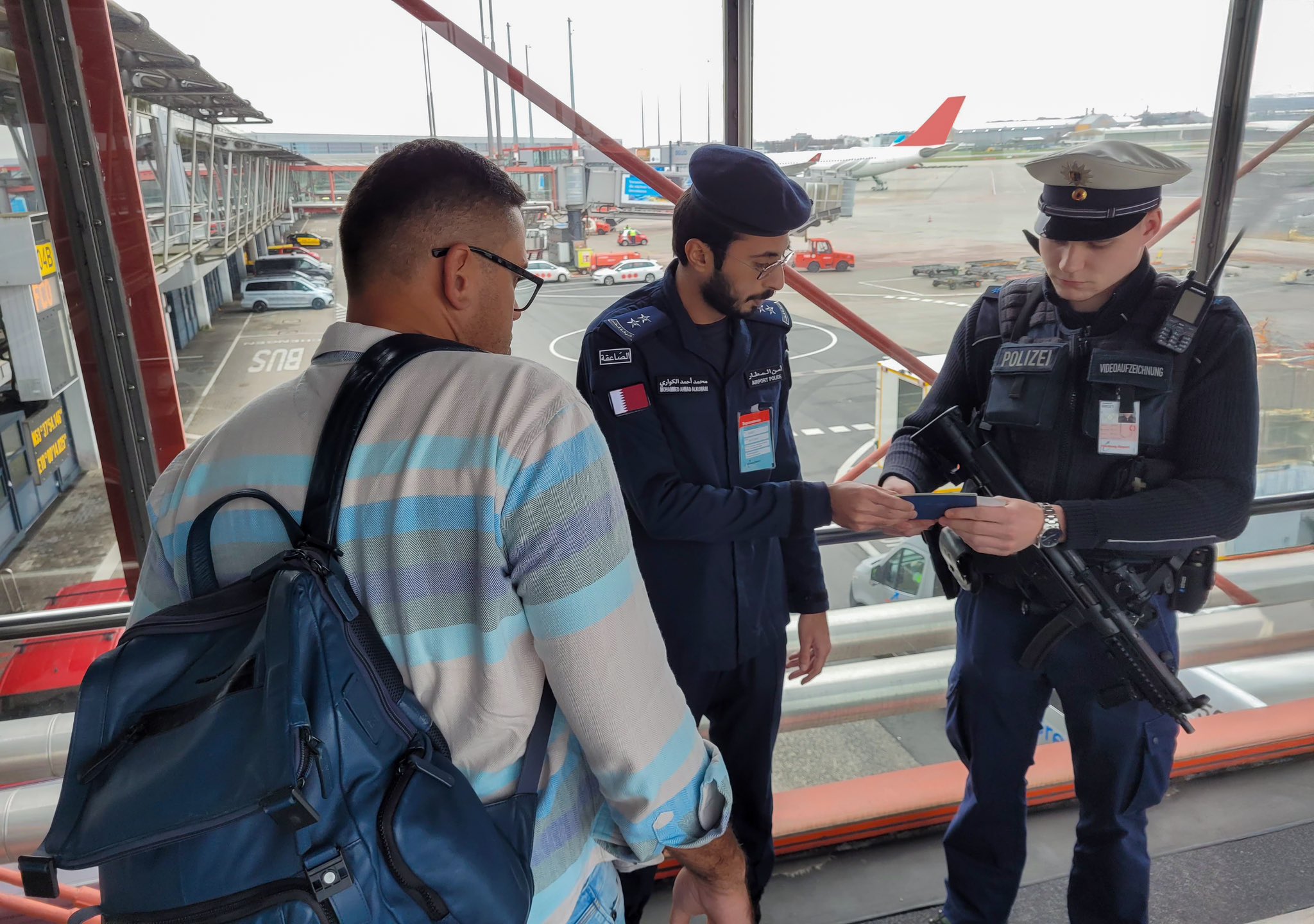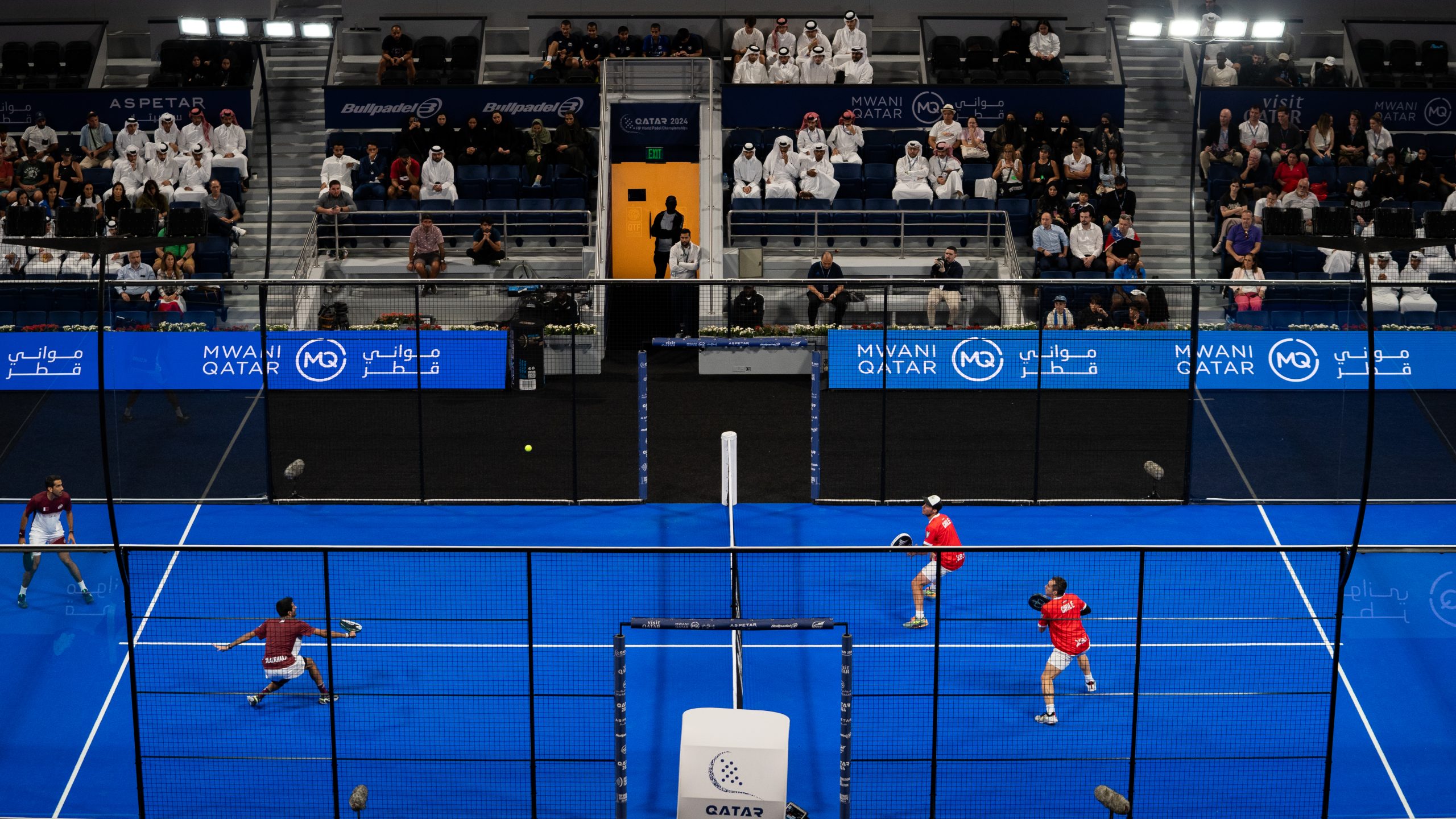Talks mediated by Qatar and Egypt have stalled since the truce expired on December 1, with Israel escalating its actions and refusing to end its aggression.
On November 23, 2023, Qatar announced that a deal was reached between Israel and Hamas, following numerous rounds of negotiations brokered by Doha and Cairo.
The deal, which took effect on November 24 last year, was originally set for four days but was extended twice, ultimately lasting a total of seven days.
Throughout the deal’s phases, Hamas released 109 Israelis out of some 240 captured during the surprise October 7 attack—widely known as Al-Aqsa Flood.
Under the same deal, Israel released 240 Palestinians from its prisons, predominantly women and children.
Israel was quick to resume its genocide on the Gaza Strip the moment the truce expired on the morning of December 1, in what marked only the beginning of its intensified war and escalated regional tensions.
By the time of the deal’s expiration, Israel had killed more than 15,000 Palestinians.
A year on, the figure has nearly tripled with more than 44,000 killed by Israel—although it is believed to be an undercount with thousands more still missing or trapped under the rubble.
State of released prisoners
Israel has carried out violations against the Palestinians released under last year’s deal, ranging from targeted killings to re-arresting them.
Data obtained by Doha News from Ramallah-based Addameer Prisoner Support and Human Rights Association reveal that Israel has re-arrested 27 of those released since the deal expired.
A total of 19 out of those re-arrested remain in detention, including six women and 13 minors.
Qassam Iyad Nasrallah, a minor, has also been under house arrest since April 8, with his next court session scheduled for April 9, 2025.
Two Palestinians are still under trial despite their release, including Fadwa Hamada and 17-year-old Nufouz Hammad, Addameer told Doha News.
Hammad was first detained in 2021 from her school in occupied East Jerusalem at the age of 14 after being accused of stabbing an Israeli settler.
In August, Israeli forces killed three of the minors released, including Tareq Dawood, Wael Musha, and Jibreel Ghassan Jibreel.
Prolonged stalemate and assassinations
The talks mediated by Qatar and Egypt have witnessed a prolonged stalemate since the truce expired on December 1, with Israel only carrying out more escalatory moves as it refuses to end its aggression.
Its backer and main ally, the United States, has also blocked four out of 14 ceasefire resolutions at the United Nations Security Council (UNSC).
In an effort to revive negotiations, a meeting between the relevant parties took place in Poland in December, which saw a proposal for a “humanitarian pause” was discussed. This would involve the release of Israeli captives from Gaza in exchange for the release of Palestinians held in Israeli prisons.
However, the talks ended without a breakthrough as Israel escalated its attacks on the Gaza Strip.
The same month saw Egypt present a three-phased deal that had involved a month-long pause in exchange for the release of at least 40 captives and Palestinians from Israeli prisons.
The proposal, which Israel rejected, also included the complete withdrawal of Israeli forces from the Gaza Strip and eventually an end to the war.
In a major escalation on January 2, Israel killed senior Hamas official Saleh Al-Arouri in a drone strike on Beirut’s southern suburb of Dahiyeh. This marked the first Israeli attack on the Lebanese capital since the 2006 war.
Hopes for a deal resurfaced again between late January and early February following talks in Paris, after Doha and Washington confirmed receiving a response from Hamas on a deal.
Hamas’s reply outlined a three-stage plan, each lasting 45 days: releasing all Israeli captives and the bodies of those who died in Gaza, lifting the Gaza blockade, and reconstructing the territory.
Netanyahu rejected the proposal yet again as the U.S. used its veto power for a third time to block a UNSC ceasefire resolution on February 20.
In April, Israel killed the children and grandchildren of former Hamas leader Haniyeh, but he insisted on continuing negotiations until a ceasefire was reached.
Days later, Hamas presented mediators with a new three-phase proposal, each lasting 42 days, to pave the way for a ceasefire.
On May 6, Hamas accepted a ceasefire proposed by Qatar and Egypt, but Israel rejected it and proceeded with its invasion of the Rafah Crossing.
In June, U.S. President Joe Biden proposed a new plan that included the withdrawal of Israeli forces from Gaza, the release of Israeli captives in exchange for Palestinian prisoners, and the entry of humanitarian aid into the enclave.
Hamas and the Palestinian Islamic Jihad expressed their willingness to negotiate for an agreement.
Qatar suspends mediating role
Talks have continued to stall until Israel obstructed all efforts by assassinating Haniyeh in Tehran on July 31, fueling escalations with Iran.
The following month, Hamas then reiterated its demand that Israel commit to what was agreed upon in the July 2 proposal, which was based on a framework deal presented by Biden and supported by the UNSC.
However, Israel further increased regional tensions by bombarding Lebanon’s capital and assassinating Hezbollah Secretary-General Hassan Nasrallah on September 27. This prompted Iran to retaliate by launching a barrage of missiles on lands occupied by Israel.
Israel then killed Haniyeh’s successor, Yahya Sinwar, on October 16 in Rafah, southern Gaza.
The talks resumed in Doha by October 27, but ended without breakthrough as Israel intensified its brutal aggression on the Gaza Strip and Lebanon.
Weeks without progress, Qatar announced on November 10 that its mediation stalled until both sides show a willingness to negotiate. Hamas leaders are also not present in the Gulf state, which has hosted the movement since 2012 at Washington’s request for mediation purposes.
However, Qatar noted that the office has not been permanently closed.







